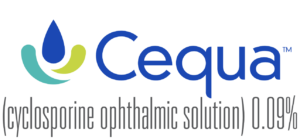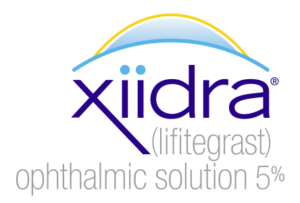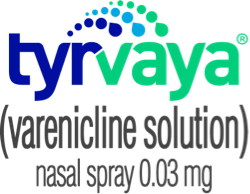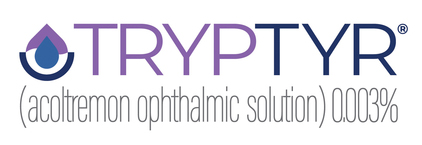from this very common condition. Patients with dry eyes can experience burning, foreign body sensation, tearing, grittiness, redness and even eye pain.
As we get older, our eyelids produce less oil. Oil keeps our tears from evaporating off the eye and decreased oil production allows tears to evaporate too quickly, leaving the eye dry. Hot, dry, windy conditions, air-conditioning and smoke are common culprits, but prescription medications, including high blood pressure medications, anti-histamines, diuretics, anti-depressants ,anti-anxiety pills, sleeping pills, pain medications, hormone replacement therapy also cause dry eye symptoms. Even over the counter cold and allergy medications and sleep aids can cause dry eyes. Diseases such as Diabetes, Sjogren’s syndrome, Parkinson’s and Thyroid disease can also cause dry eyes.
Reading, watching the television or using a computer can aggravate dry eyes due to infrequent blinking associated with these activities. Contact lenses and eye surgery, including cataract surgery, refractive surgery and eyelid surgery can cause dry eye symptoms for several months.
The most common treatment for dry eyes is to use artificial tear drops which help make up for the lack of proper lubrication in our tear film. Artificial tears come in liquid form, longer lasting gel-form and long lasting ointment form (which is most often recommended for night time use).
Many different brands of artificial tears are available over the counter. Some contain preservatives and some do not. Unpreserved tears are recommended for people whose eyes are sensitive to the preservative and for more frequent use when preservatives can irritate the surface of the eye.
Another way to improve dry eye symptoms is to close off the drain holes in the inner corner of the upper and lower eyelids. Each drain hole is called a “punctum” and can be closed temporarily with tiny plastic plugs or permanently with an in-office procedure known as cauterization.
Dry eyes can be treated with prescription drops that improve tear production:




